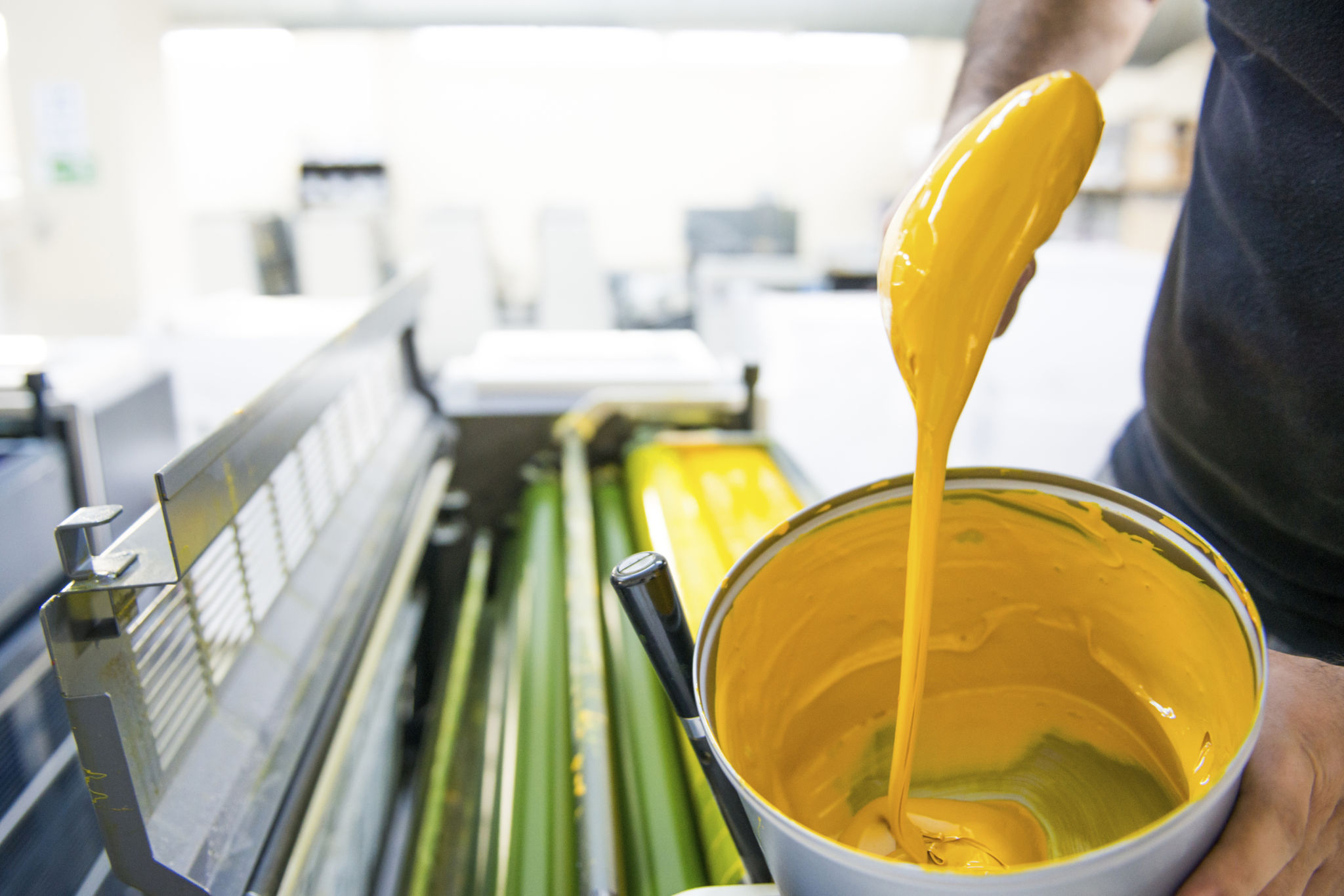Choosing High-Durability Industrial Paints for Extreme Environments
Understanding the Importance of Industrial Paints
In extreme environments, selecting the right industrial paint is crucial for ensuring the longevity and performance of surfaces. Whether it's resisting harsh weather conditions, chemical exposure, or physical wear and tear, high-durability industrial paints are essential to protect investments and maintain safety standards.
These specialized coatings are designed to withstand the most challenging conditions and extend the life of equipment and infrastructure. Choosing the correct type of paint can significantly reduce maintenance costs and downtime, making it a vital decision for any industrial operation.

Key Factors to Consider
Environmental Conditions
The first step in selecting an industrial paint is assessing the environmental conditions it will face. This includes temperature fluctuations, humidity levels, UV exposure, and potential contact with chemicals or abrasive materials. Understanding these factors helps in choosing a paint that offers the best protective properties.
Substrate Compatibility
Not all paints are compatible with every substrate. Whether the surface is metal, concrete, or wood, it's vital to choose a paint formulated for that specific material. This ensures proper adhesion and maximum protection, preventing premature failures such as peeling or blistering.

Types of High-Durability Industrial Paints
Epoxy Coatings
Epoxy coatings are a popular choice for their excellent adhesion and chemical resistance. They are particularly effective in environments prone to oil spills, solvents, and other chemical exposures. Epoxies provide a robust barrier that can withstand significant mechanical stress.
Polyurethane Coatings
Known for their high flexibility and UV resistance, polyurethane coatings are ideal for outdoor applications. They maintain their color and gloss over time, even under intense sunlight, making them perfect for structures exposed to the elements.

Application Methods
The method of application can also influence the performance of industrial paints. Options include brushing, rolling, and spraying, each suited for different scenarios and surface types. It's important to follow manufacturer recommendations to ensure optimal performance and durability.
Proper surface preparation is another critical factor. Cleaning, sanding, or priming the surface can enhance paint adhesion and longevity. Neglecting this step can lead to suboptimal results and increased maintenance needs over time.
Conclusion: Balancing Cost and Quality
While high-durability industrial paints may involve a higher initial investment, their long-term benefits far outweigh the costs. By reducing maintenance frequency and prolonging the lifespan of equipment and infrastructure, they offer a valuable return on investment.
Ultimately, choosing the right industrial paint requires careful consideration of environmental factors, substrate compatibility, and application methods. With the right choice, businesses can ensure their operations run smoothly in even the harshest environments.